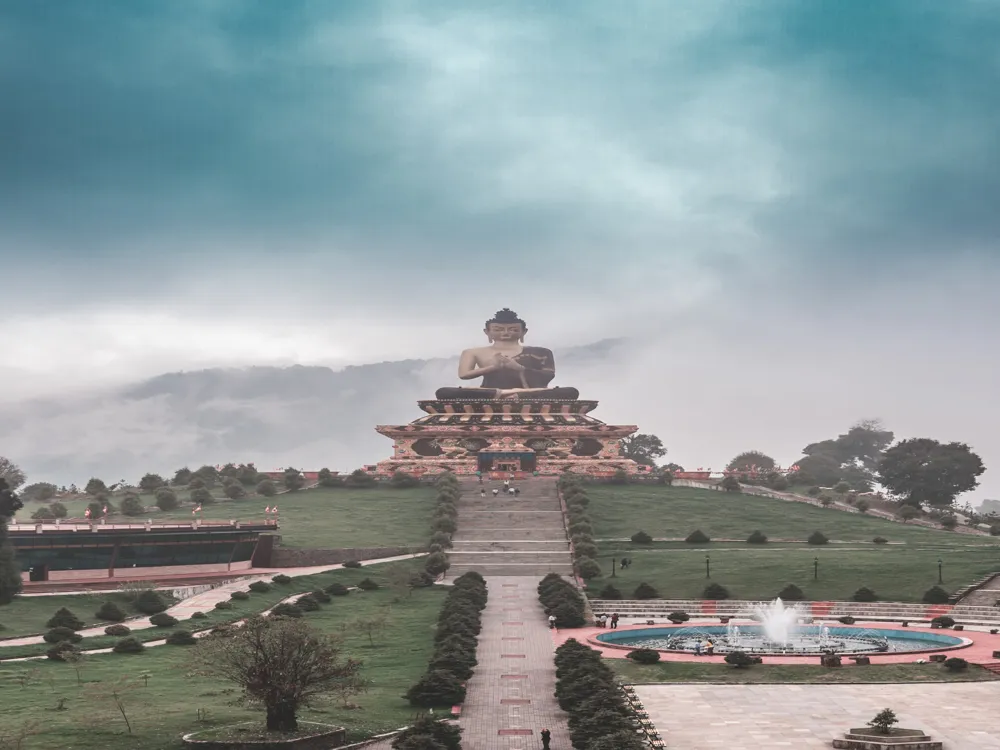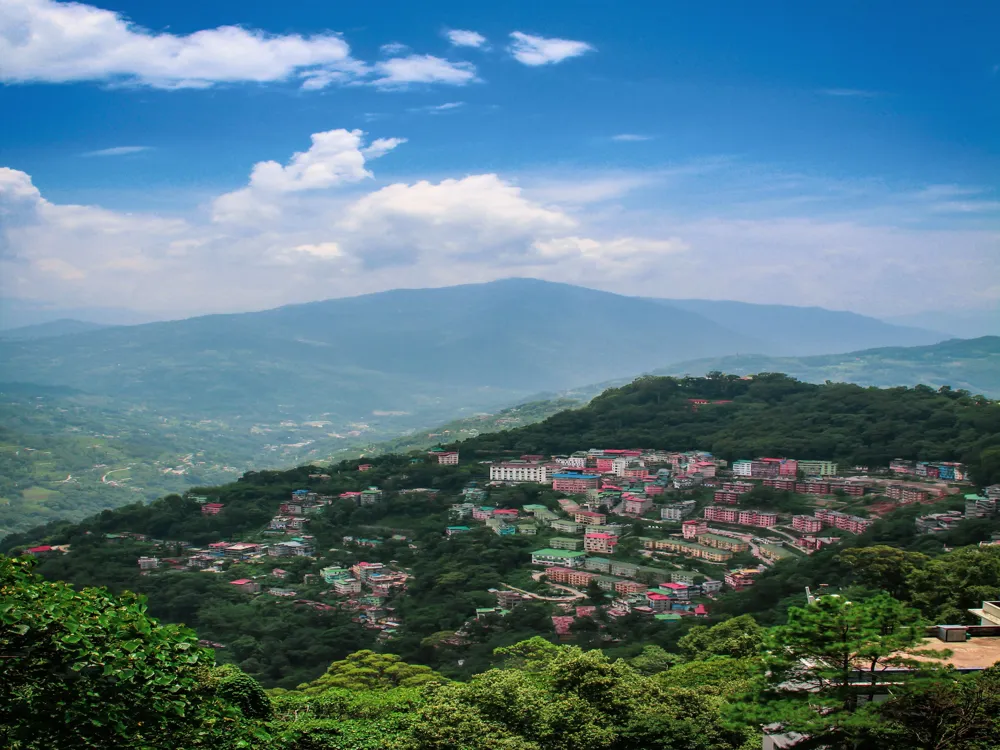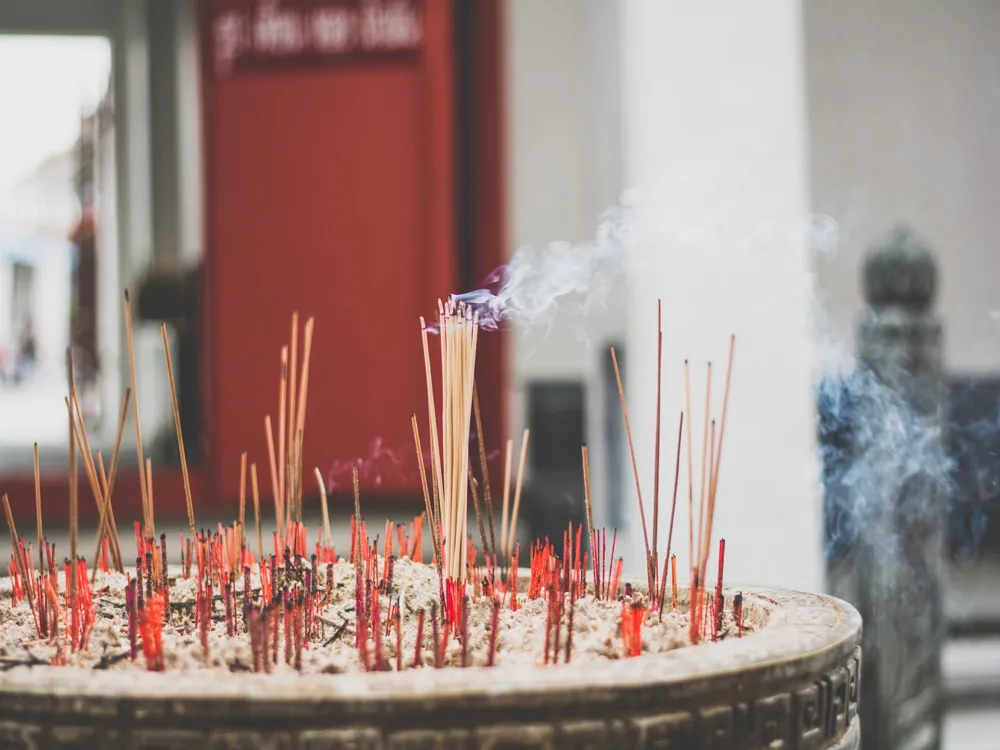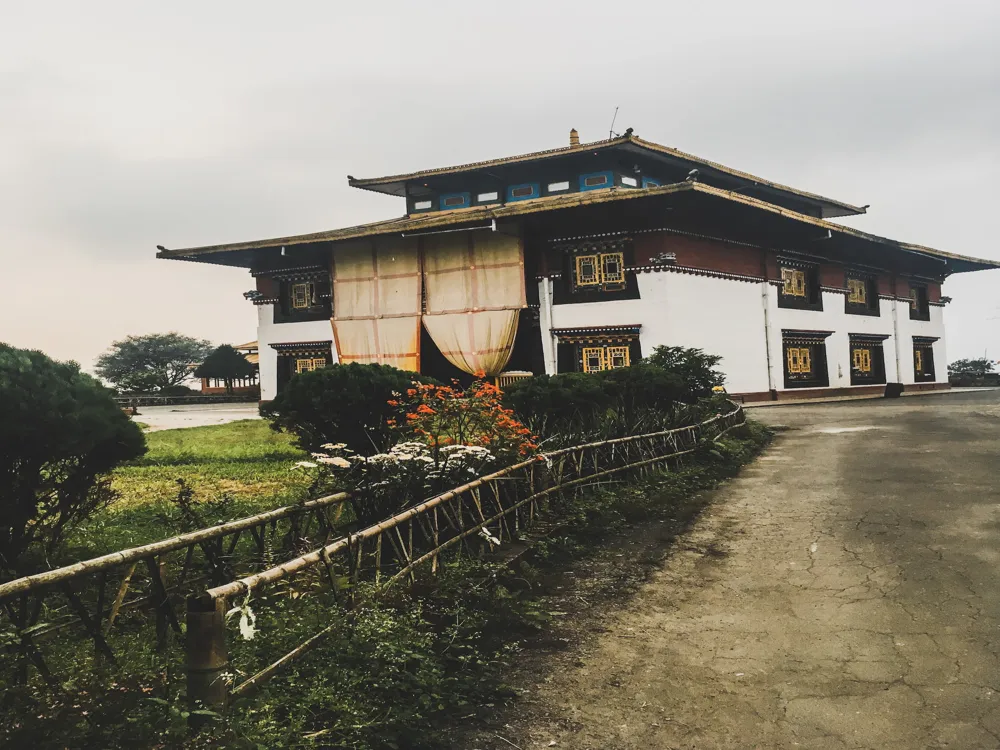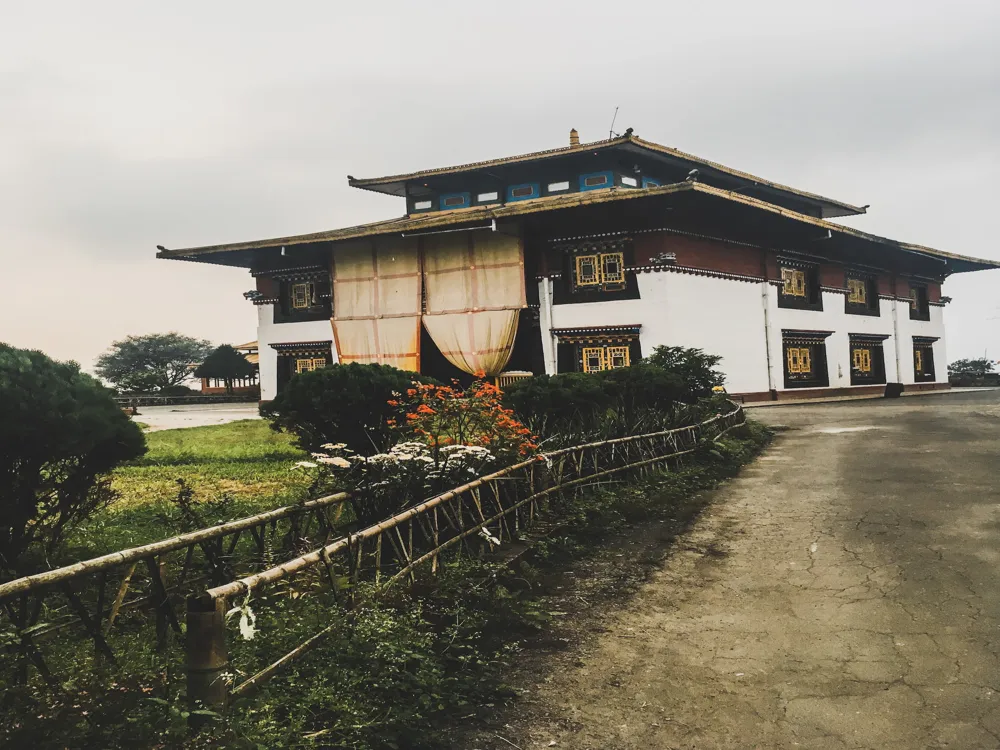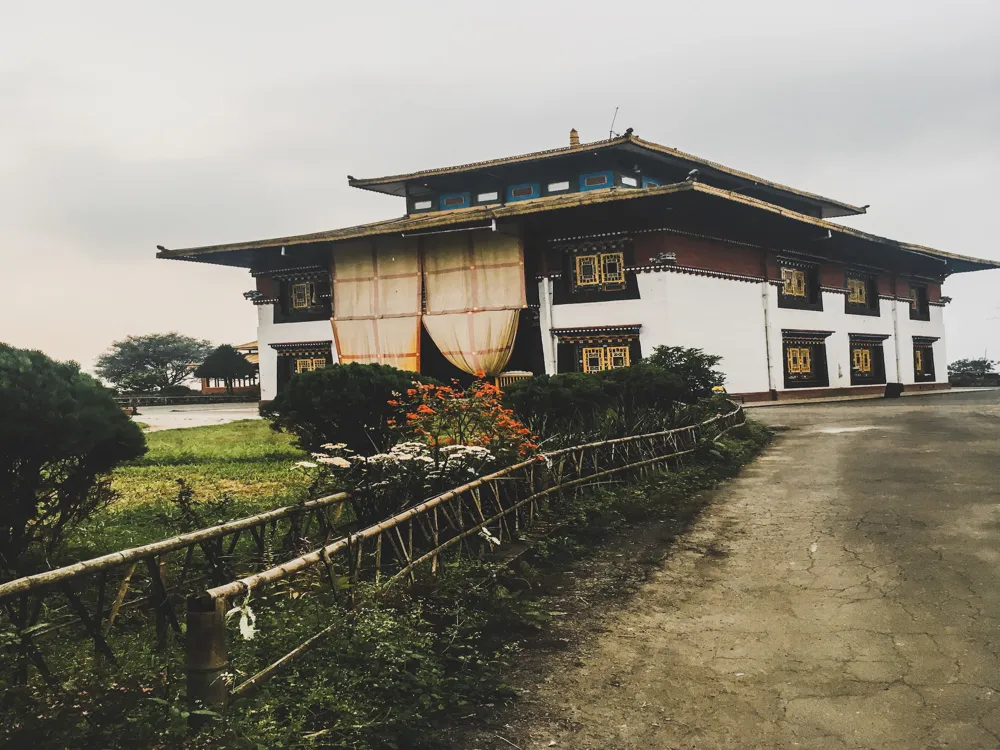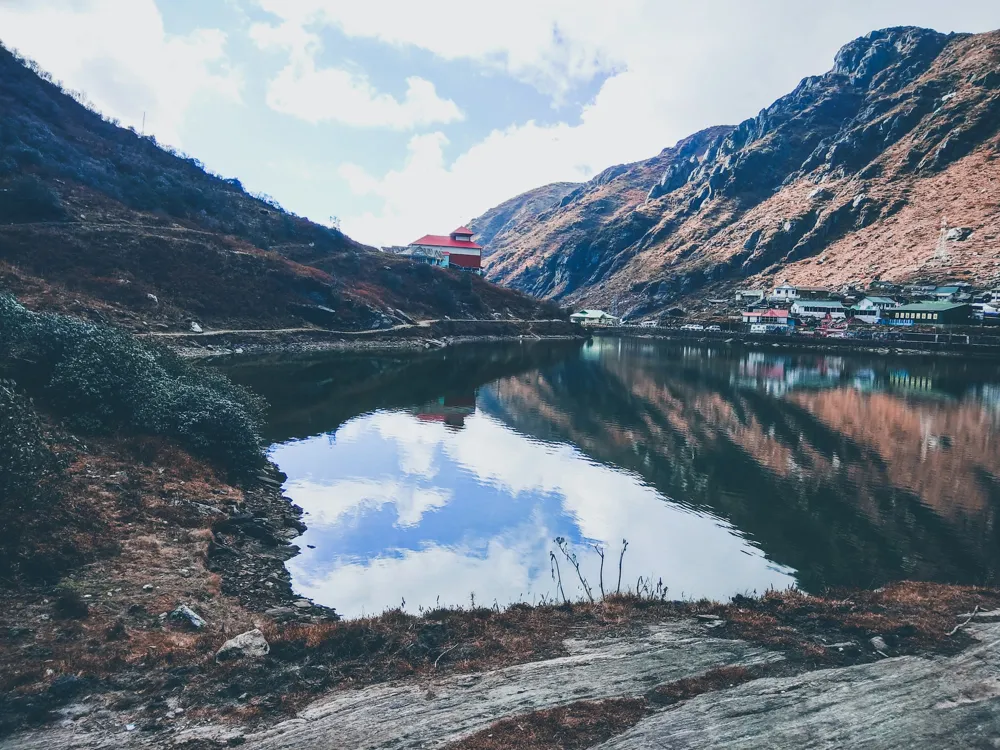Best Time to Visit Gangtok
Sikkim India
1 out of 8 Places to visit in Sikkim₹ 9,700 onwards View Packages
Get Customized PackagesThe Land of Diversity
Top Hotel Collections

Private Pool

Luxury Hotels

5-Star Hotels

Pet Friendly
What is the Best Time to Visit Gangtok?
When it comes to planning a visit to the enchanting city of Gangtok, timing is key. The pristine landscapes and vibrant culture of Gangtok make it a year-round destination, but understanding the nuances of each season can elevate your experience. Let's delve into the intricacies of the best time to travel to Gangtok.
More about Best Time to Travel to Gangtok
Travel Peak Season in Gangtok
Gangtok truly comes alive during its peak season, which spans from March to June. During these months, the weather is mild, and the vibrant blooming flowers create a picturesque landscape. It's the ideal time for nature enthusiasts, trekkers, and culture seekers. The famous monasteries, such as Rumtek and Enchey, beckon visitors with their serene ambiance.
Travel Offseason in Gangtok
For those seeking a more tranquil experience, the offseason, from July to September, offers a different charm. While the monsoon brings occasional showers, the mist-covered mountains and lush greenery create a mystical atmosphere. Adventurous souls can explore with fewer crowds, discovering hidden gems like the Banjhakri Falls.
Gangtok Travel Packages
View All Packages For Gangtok
Gangtok in Shoulder Season
The shoulder seasons of October and November bring a unique blend of the peak and offseason experiences. The weather remains pleasant, and the festive vibes during Diwali and Tihar add a cultural dimension. It's an opportune time to witness the traditional dance forms and rituals that define Gangtok's rich heritage.
Gangtok in Hot Season
The summer months, from March to June, constitute the hot season in Gangtok. While the temperatures rise slightly, it's still comfortable for exploration. The clear skies reveal panoramic views of the Himalayas, and outdoor activities like paragliding and river rafting become popular among thrill-seekers.
Gangtok in Rainy Season
Monsoons, from July to September, bring a refreshing change to Gangtok. The rainfall transforms the surroundings into a lush paradise, and the Teesta River swells, offering a mesmerizing sight. It's a fantastic time for rejuvenation, with the occasional drizzles adding to the romantic allure of this Himalayan haven.
Gangtok in Cool Season
The winter months of December to February usher in the cool season, blanketing Gangtok in a pristine layer of snow. This period is perfect for snow enthusiasts, and the famous Nathula Pass becomes accessible for those seeking an adventurous excursion. The cozy ambiance, with locals celebrating festivals like Losar, adds a cultural warmth to the chilly atmosphere.
Places To Visit In Gangtok
Nearby Places Gangtok
Gangtok Photos
View All Photos For GangtokBrowse Package Collections
Browse Hotel Collections
Faq
Q: What is the best time to visit Gangtok?
A: The best time to visit Gangtok is during the spring and autumn months, from March to June and September to November. During these periods, the weather is pleasant, and you can enjoy the scenic beauty without extreme temperatures.
Q: How is the weather in Gangtok during the monsoon season?
A: The monsoon season, from June to September, brings heavy rainfall to Gangtok. While the lush greenery is a sight to behold, landslides and road closures are common. If you don't mind the rain and its challenges, you can visit during this time.
Q: Is winter a good time to visit Gangtok?
A: Winter, from December to February, can be magical in Gangtok with snowfall in higher altitudes. However, temperatures can drop significantly, so be prepared for chilly weather. If you enjoy snow and winter activities, this could be the ideal time for you.
Q: Are there any specific festivals or events that make certain months more appealing to visit?
A: Yes, the Losar Festival celebrated in February and the Dashain Festival in September/October are vibrant cultural celebrations in Gangtok. If you want to experience the local culture, planning your visit around these festivals can be rewarding.
Q: What about budget considerations? Are there peak tourist seasons with higher prices?
A: The peak tourist seasons are during spring and autumn. Prices for accommodation and other services may be higher during these times. To save on costs, consider visiting during the shoulder seasons (early June or late November) when the weather is still favorable, and prices may be more budget-friendly.


